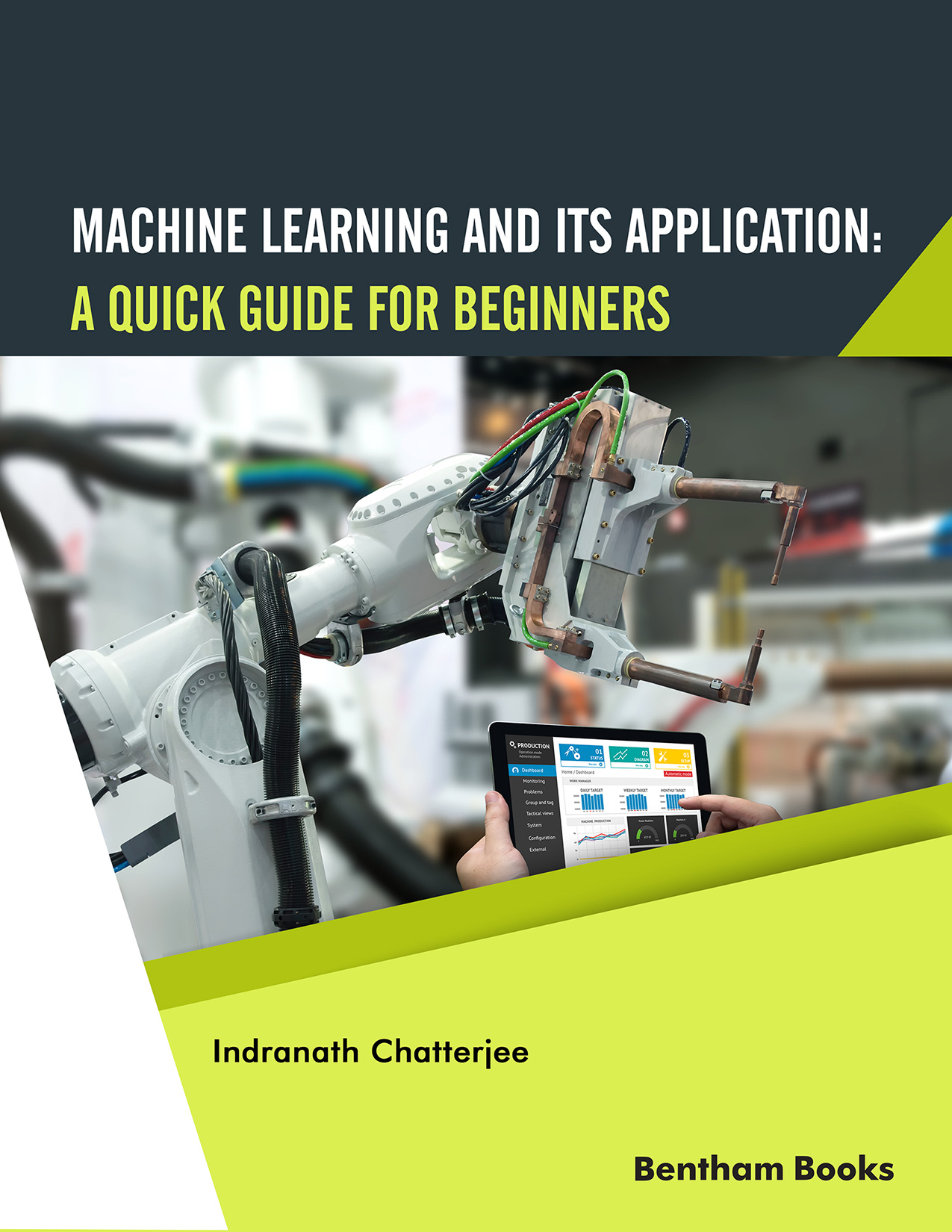Over the past two decades, the evolution of Machine Learning has risen to a great
extent. With the invention of Artificial Intelligence, things were getting more
comfortable and accessible. Artificial intelligence needs a system to be fed with
pre-defined conditional statements to perform some tasks on behalf of human
beings. Gradually human needs a more stable and autonomous system that can
learn on its own. There comes a lack of another technology that drastically
changes the concept of artificial intelligence. With the invention of machine
learning, advancements are going on every single day. With ever-increasing data
sources and automated computation, technologies based on machine learning are
coming alive very often.
The purpose of writing 'another book on machine learning is always a challenging
task to attract the reader's attention. Machine learning is the most discussed topic
of this decade and for a few more decades. The basic knowledge of machine
learning is very needed. Most people are unaware of the fundamental theories and
applications of machine learning.
Among many books available in the market on this topic, this book targets
reaching all the corners of the reading society. From naïve learners to professional
machine learning experts will find this book handy and helpful for everyday
application. Most books are written in challenging mathematical perspectives,
which pose incomprehensibility for most readers, especially students and industry
engineers.
This book aims to cover most of the Machine Learning curriculum prescribed in
most of the top universities. It also covers advanced topics like Deep Learning
and Feature Engineering. This book's added feature is the entire chapter on realworld
machine learning applications using Python programming, which will be
truly beneficial for all the researchers and engineers, with open-ended ideas on
new problems and their solutions in a Pythonic way.
This book is written effortlessly and straightforwardly with enriched theories and
more minor mathematical complications, but more easily comprehensive
application aspects. In every chapter, topics are described in such a way, keeping
in mind readers from all sections. Every topic and subtopic is described with
examples and Python code snippets for a more accessible explanation. The
chapters are presented with a well-explained illustration and flowchart for a better
understanding of the topic. Thus, this book on machine learning will surely catch
the beginners' attention in the Machine Learning domain. The audience will
include, University students, Young Researchers, Ph.D. students, Professors, and
software engineers who want to gain knowledge in Machine learning from
scratch. I believe this book will be in demand of most of the University libraries
and bookstores.
CONSENT FOR PUBLICATION
Not applicable.
CONFLICT OF INTEREST
A single author entirely writes this book. So, the conflict of interest does not
apply to this book.
ACKNOWLEDGEMENTS
Writing a book is more exciting than I anticipated and more rewarding than I
could have dreamed. Nothing would have been imaginable without the strength
and ability bestowed upon me by the Almighty God because I would not be able
to do anything without Him. I want to thank and express my gratitude to my
closest family and friends.
I am eternally grateful to my family for their unwavering mental support and
persistent encouragement, which has aided me in accomplishing this book in a
timely and efficient manner. My family members, Mr. Narendranath Chatterjee,
Mrs. Rupasree Chatterjee, Mr. Rudranath Chatterjee, and Ms. Soumi Chatterjee,
deserve special thanks for sticking by my side throughout the duration. Love to
you all!
I want to express intense gratitude to my dearest people, Mr. Ajay Kumar and
Mrs. Rekha Devi, for their unceasing impetus and motivation. A huge cheer to
you!
I am eternally grateful to my professor, friend, and charioteer, Prof. Naveen
Kumar, whose insightful guidance and wisdom drove me to refine my belief to
evolve the best in me.
A special thanks to my students, without whose contribution, this book may not
look so magnificent as it is now. I am grateful to my dearest student Ms. Videsha
Bansal for her continuous support and contribution in organizing the contents. I
am very thankful to my beloved student at Tongmyong University, Mr. Sunghyun
Kim, for his contribution and support in the programming section of the book. I
am also thankful to my beloved research student Ms. Lea Baumgärtner for her
encouragement and assistance in the programming section of the book. A special
thanks to my student Mr. Sajal Jain for supporting me in giving the professional
touch to the figues and diagrams.
I am very much grateful to Prof. Pamela Douglas from University of California,
Los Angeles for reviewing the book and giving her valuable comments to
improve the overall content of this book. I am also thankful to all my friends and
colleagues at Tongmyong University for their support and good wishes. I am
grateful to Mrs. Humaira Hashmi, Editorial Manager of Bentham Science
Publishers, for her continuous support during the period.
Indranath Chatterjee Ph. D.
Department of Computer Engineering
Tongmyong University
Busan
South Korea

